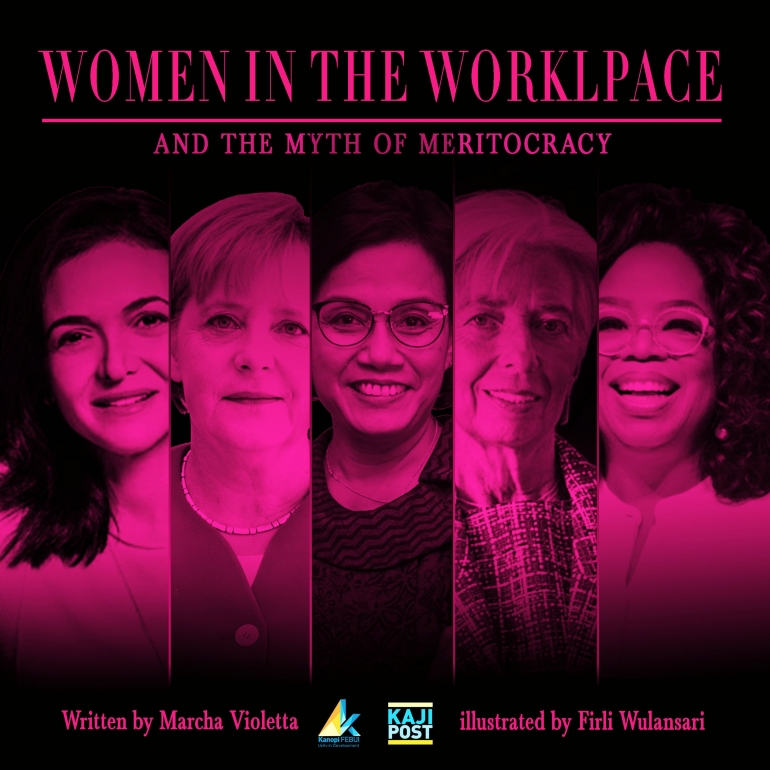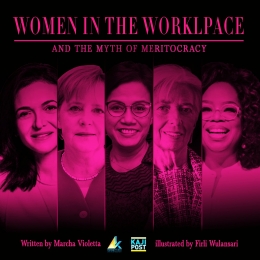"The world of humanity is possessed of two wings: the male and the female. So long as these two wings are not equivalent in strength, the bird will not fly." --- 'Abdu'l-Bah
The year is 2019, yet we are still seeing so many women being the first and/or only woman to (insert a notable achievement here) in a multitude of fields. The field of economic sciences is one good example of how this phenomenon plays out. Indonesia, which celebrated the 74th anniversary of its independence day last August, has only had one female Minister of Finance so far. We also have heard of Esther Duflo who recently won the 2019 Nobel Prize in Economics, making her one of the only two women to receive the prize since it was first awarded in 1969.
On one hand, it serves as an evidence that women's capabilities are now vastly recognized. On the other hand, this tells a history of how women have been oppressed for so many centuries. Up until now, for every step a woman makes, her male colleagues take possibly a tenfold of that.
Before we proceed to further discussions, there are three fundamental questions to be asked in the process of achieving gender equality. Firstly, what is our progress and are we progressing fast enough? What can we do to catalyse the process? Last but not least, what challenges are there to be tackled?
The Status Quo
To answer the first question, let us take a look at the data. The Global Gender Gap Report 2018 by World Economic Forum predicted that children born today will be able to see gender equality in Western Europe, South Asia, as well as in Latin America and the Caribbean within the next 61 to 74 years. For the other parts of the world, things are not looking as good. In East Asia and the Pacific the time needed to close the gap is almost triple that of Western Europe's. Overall, the gender gap has been reduced by 0.03% from 2017 to 2018 and by 3.6% since 2006 when the annual report was first released.
Based on the report, the equality index consists of four subindexes. Global gender parity in two of them, Educational Attainment and Health and Survival, has almost been achieved with small gaps remaining to be filled. Gender disparity in the two other subindexes are far from being insignificant. It will take respectively 202 and 107 more years for the world to finally seal its wide-open economic and political dimensions of gender gap.
In the workplace, as an indicator of the Economic Participation and Opportunity subindex, women are still facing substantial barriers in assuming leadership roles and its evident lies in the data that shows how only 34% of global leaders are women. This raises concern because the gender gap in labor market participation and technical roles has mostly been bridged. Other than the professional disparities, the gender gap in terms of wage and earned income must also be paid attention.
The aforementioned statistic might be disheartening as we will not even be alive to see the event unfolding. However, instead of giving in to pessimism, the fight to free women from oppression must be continued by finding ways to accelerate the process. Such change will only be possible if a just system exists to ensure that women are not discriminated based on preconceived opinions and stereotypes against their gender.
The Myth of Meritocracy










